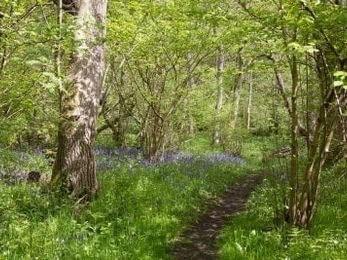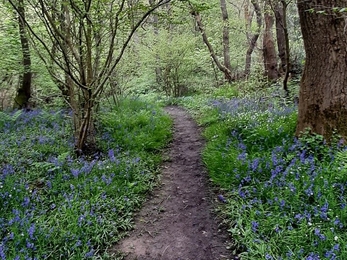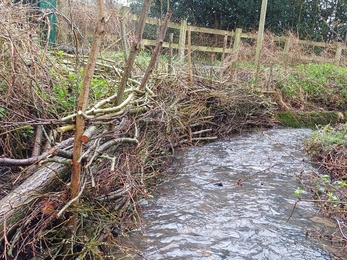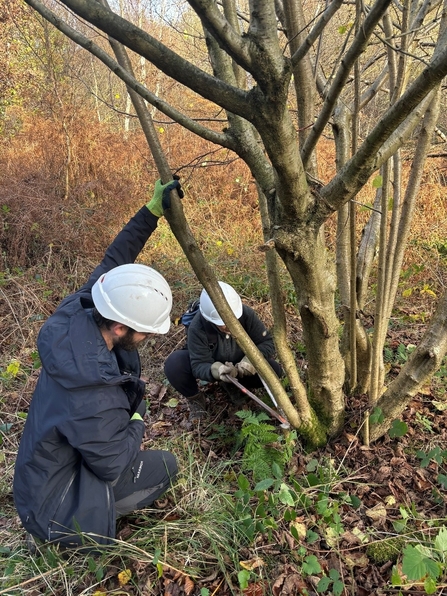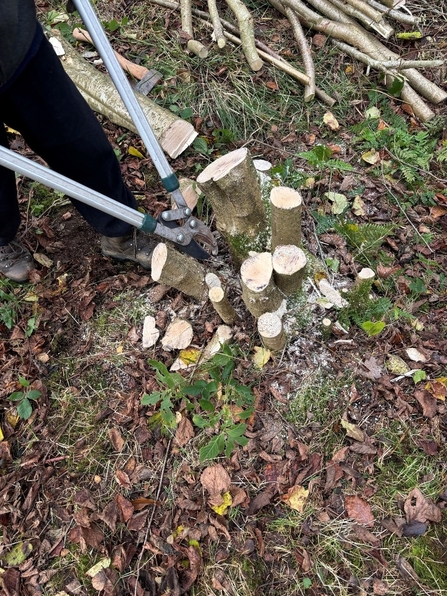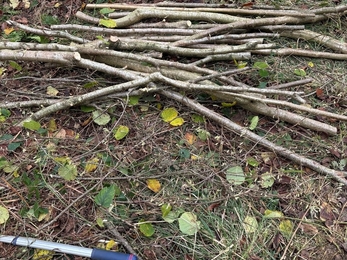Coming from the French word ‘coup’ meaning to cut, coppicing is the traditional practice of cutting certain trees at their base, creating a base in which fresh shoots will regrow. This was historically completed on a rotation, ensuring a regular supply of timber for firewood, as well as building materials for things like fencing and garden stakes.
Which trees?
Most native deciduous* trees can be coppiced, but the most commonly coppiced are hazel (Corylus avellana), small-leaved lime (Tilia cordata), ash (Fraxinus excelsior) and sweet chestnut** (Castanea sativa). Ash is no longer coppiced as regularly due to the regrowth’s susceptibility to ash dieback, however there are some suggestions that some of the older ash copses*** have developed thicker bark around the coppicing.
Why we coppice
Here at Durham Wildlife Trust the main reason we coppice is to support biodiversity and a good woodland structure. Coppicing trees allows the all-important sun to access the ground flora, some of which may have been lying dormant for many years, only to be awoken by the heat of the sun warming the soil around them. My favourite displays as a result of coppicing can be seen at both Edmondsley Wood and Baal Hill Wood, both of which have incredible displays of native bluebells - well worth a visit in April. Coppicing also provides different stages of growth throughout the woodland which in turn provides a wider range of habitat for birds and invertebrates to flourish, the brash that isn’t used can be made into habitat piles, providing nesting materials for birds and decaying wood for invertebrates.

